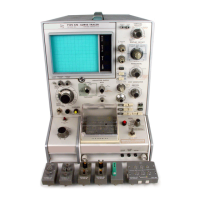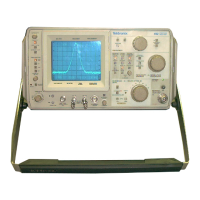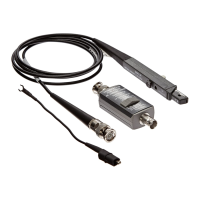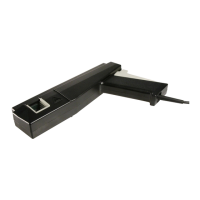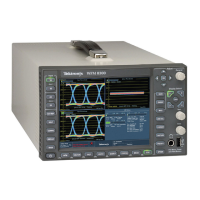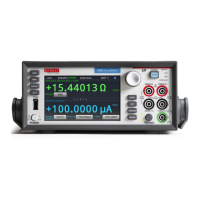Glossary
Glossary- 8
CSA7000 Series, TDS7000 Series, & TDS6000 S eries Instruments User Manual
Initialize
Setting the instrument to a completely known, default condition.
Interpolation
The way the instrument calculates values for record points when the
instrument cannot acquire all the points for a complete record with a single
trigger event. That condition occurs when the instrument is limited to real
time sampling and the time base is set to a value that exceeds the effective
sample rate of the instrument. The instrument has two interpolation options:
linear or sin(x)/x interpolation.
Linear interpolation calculates record points in a straight-line fit between the
actual values acquired. Sin(x)/x computes record points in a curve fit
between the actual values acquired. It assumes all the interpolated points fall
in their appropriate point in time on that curve.
Intensity
Display brightness.
Interleaving
A method by which instruments attain higher digitizing speeds. The
instrument applies the digitizing resources of unused channels (that is,
channels that are turned off) to sample those that are in use (turned on).
Table 3--3 on page 3--46 lists acquisition rates vs. number of channels that
are on.
Knob
A rotary control.
Knob Resolution
The amount of change caused by each click of a knob.
Live Waveforms
Waveforms that can update as the acquisition system updates them. Channel
waveforms are live waveforms; reference waveforms are not. Math
waveforms are live if they contain live waveforms in their expressions: Ch1
+ Ref1 defines a live math waveform; Ref1 + Ref2 does not.
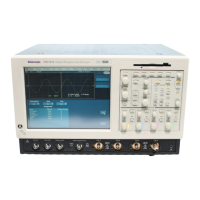
